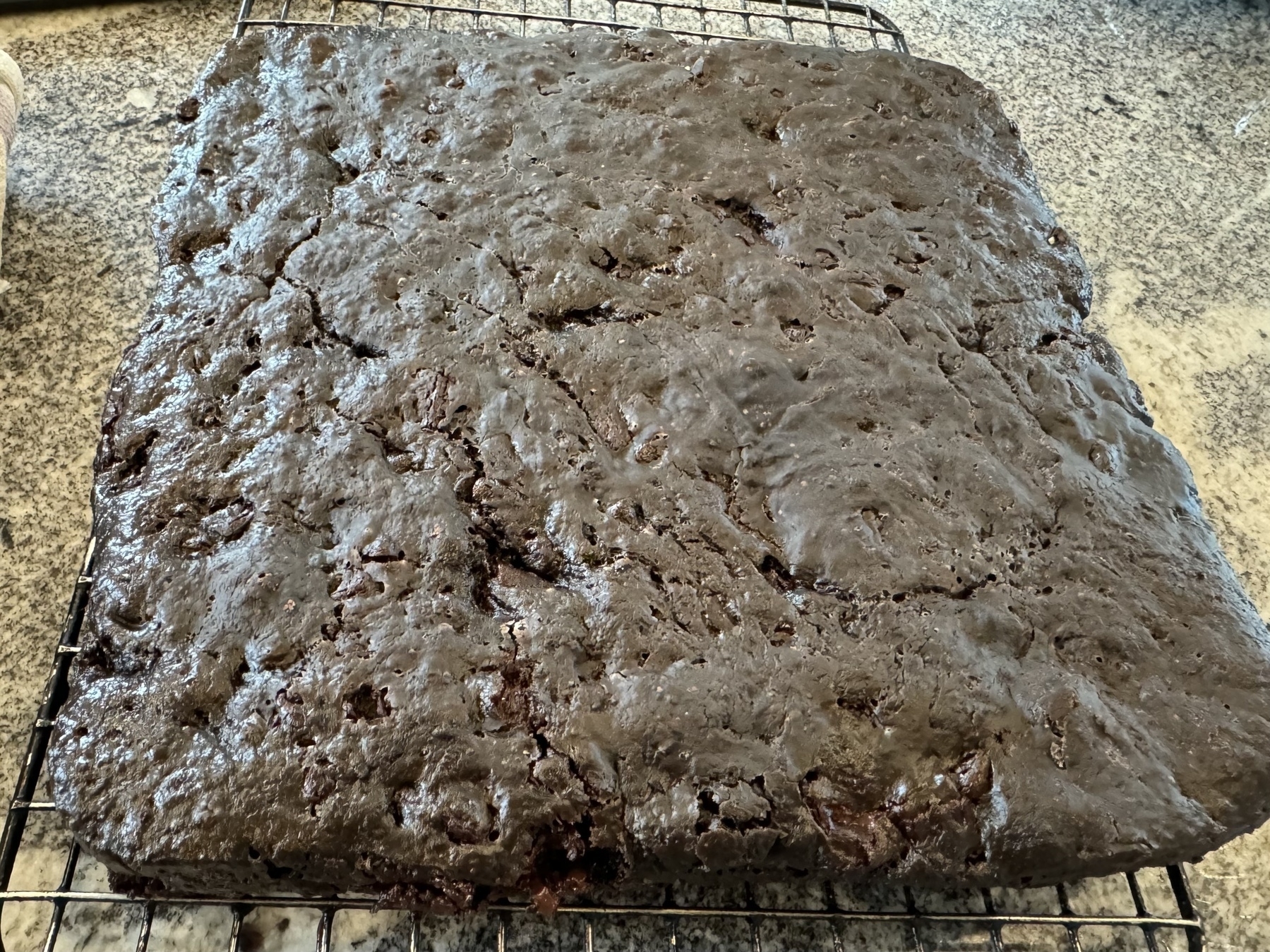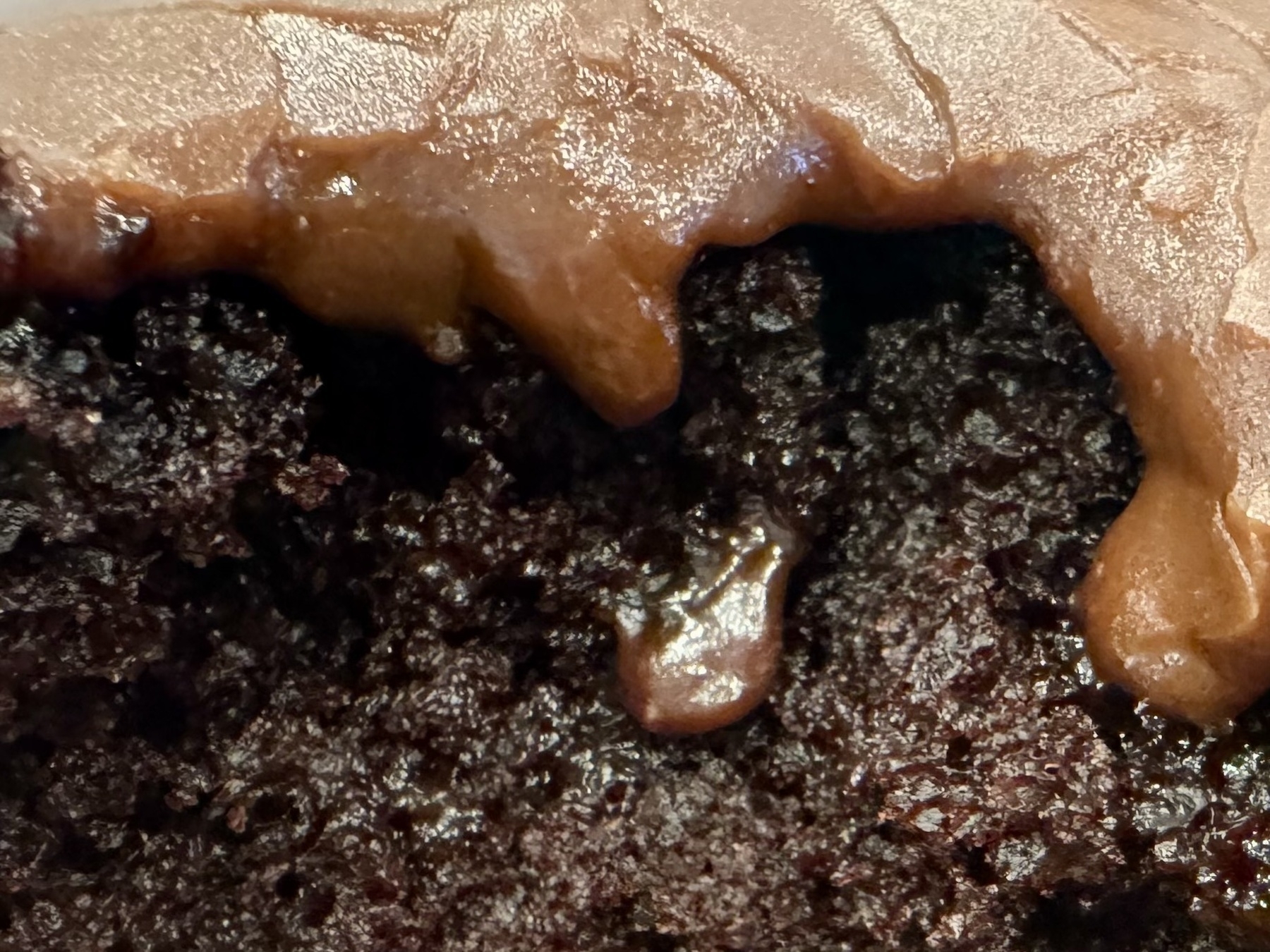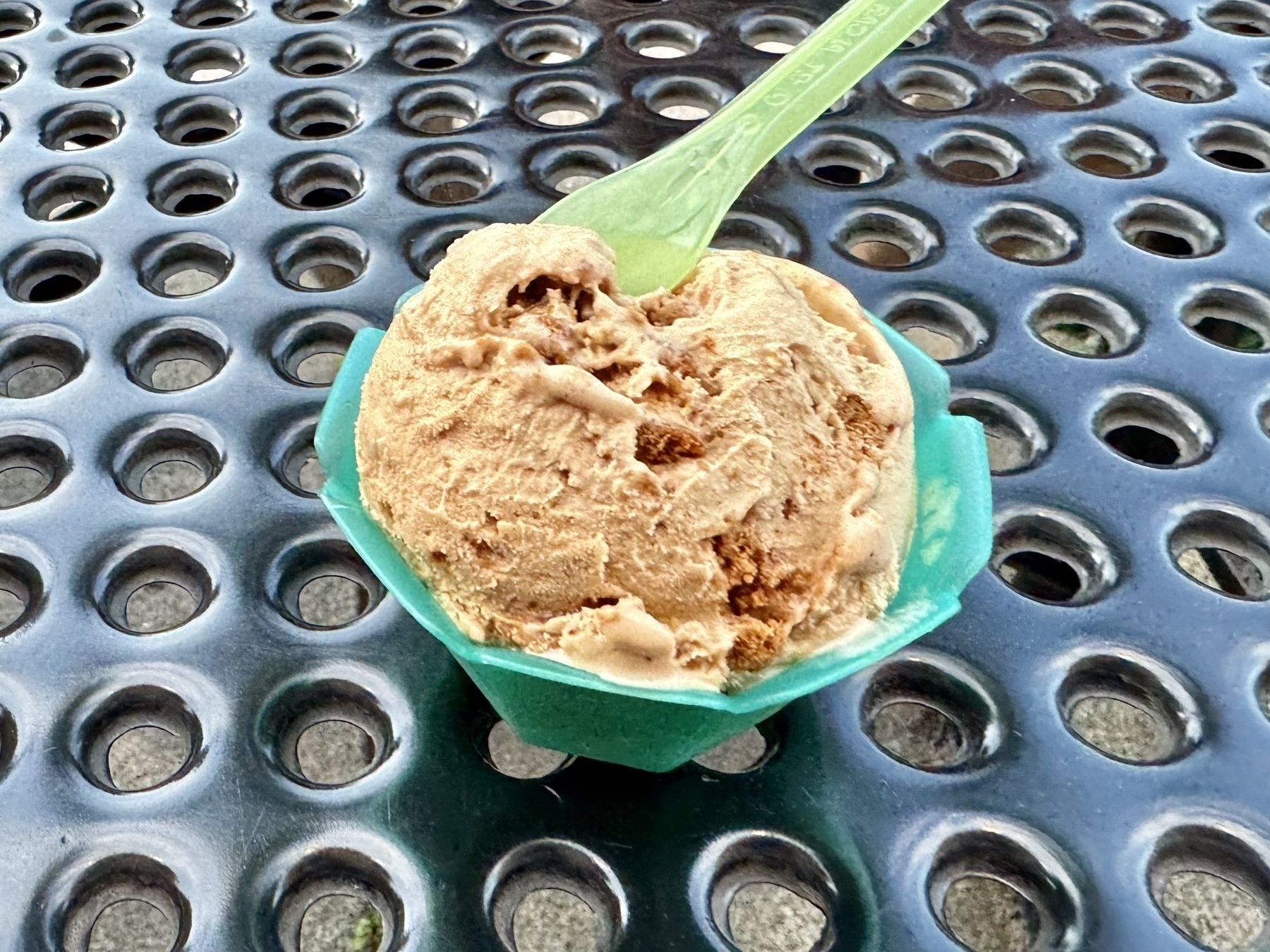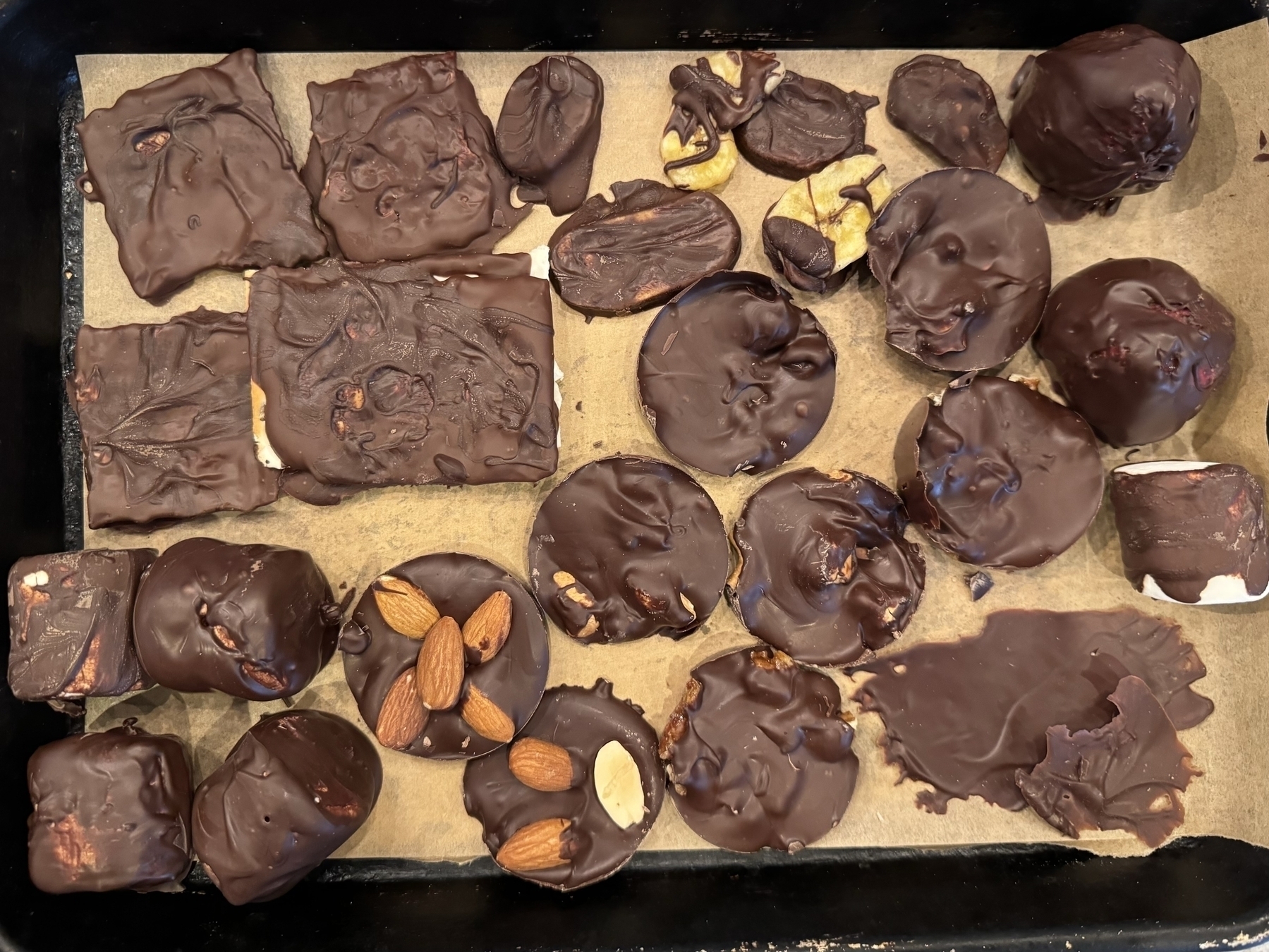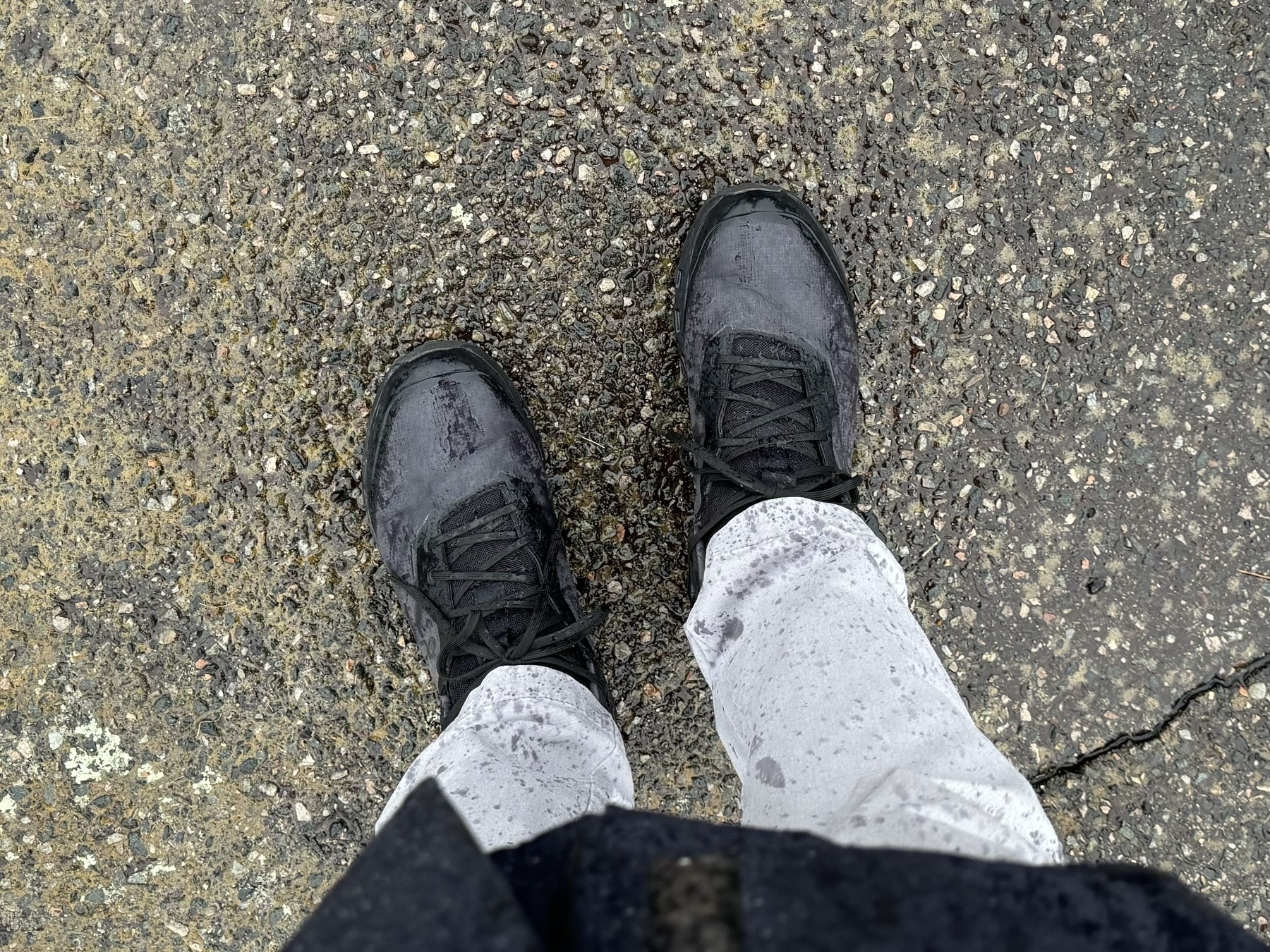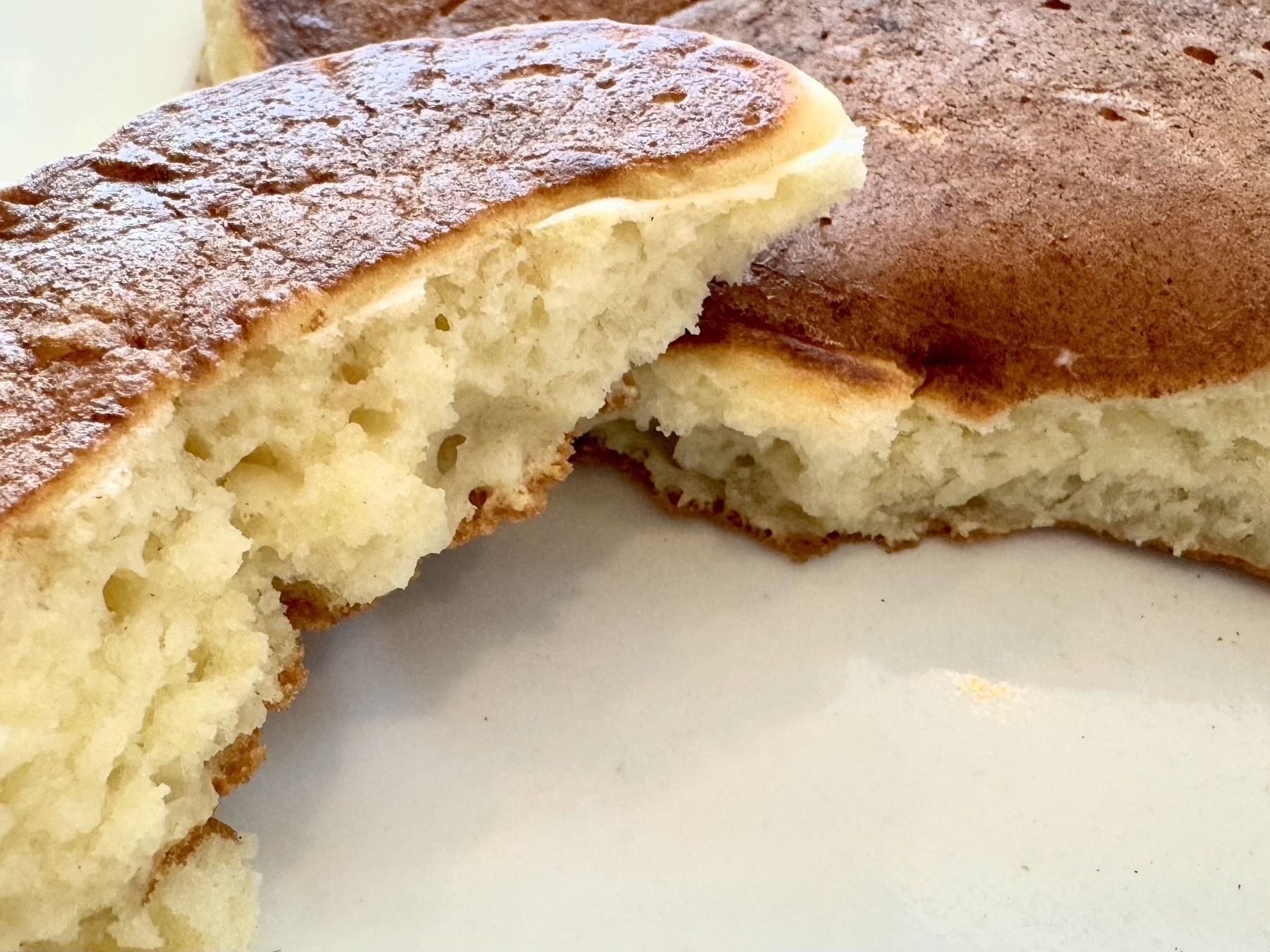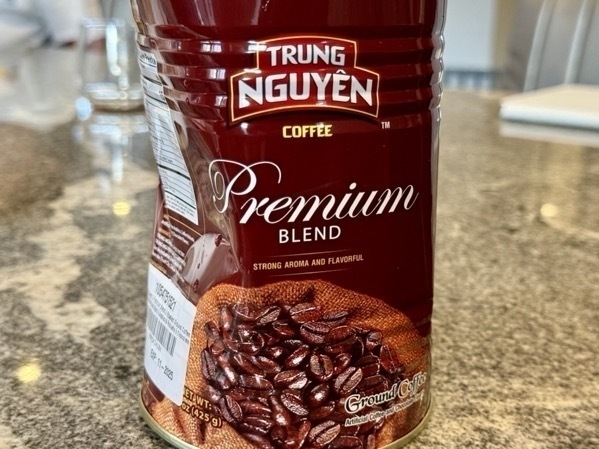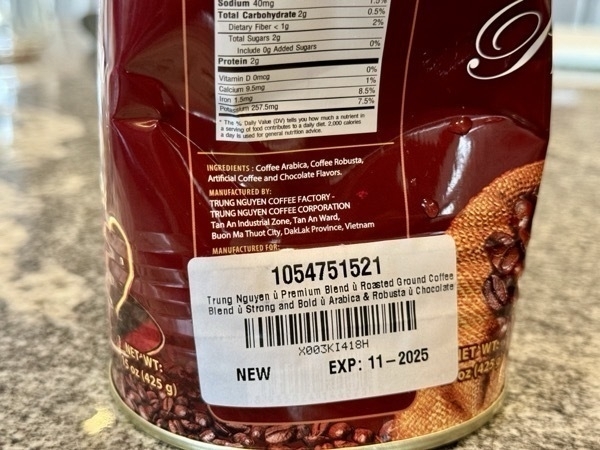Chocolate Focaccia
Technically, this is Double chocolate focaccia, courtesy of King Arthur Baking. I stumbled across this recipe while looking at new additions on the website. The reviews were glowingly positive, so I decided to take a leap. After all, I love chocolate and a good focaccia, so the combination seemed to be worth trying. I dumped all the ingredients into the bowl of my Ankarsrum fitted with the dough hook and let it run…for quite some time. Eventually, I convinced myself that the batter spinning around the mixer was starting to establish some semblance of cohesion (the dough here is extremely high hydration (close to 100%), and I was doubtful it would be successful. Nonetheless, I followed the instructions and let it rest at room temperature for an hour prior to pouring it into a 8" square silicone pan, appropriately prepped with olive oil. Given time constraints, I refrigerated the dough in the pan overnight, left it out for a few hours, then cooked as directed.
To my surprise, the focaccia baked up nicely into the familiar soft sponge that is…focaccia, which brings me to the main issue. This is cocoa-flavored olive oil bread with chocolate chips. Maybe that contrast is appealing to some, but it felt like a mismatch to me. It wasn’t bad at all, but it left me feeling I’d rather have a brownie if I wanted something sweet, or just regular focaccia if I didn’t. This ended up feeling like a middle ground met neither need as well as something else.
